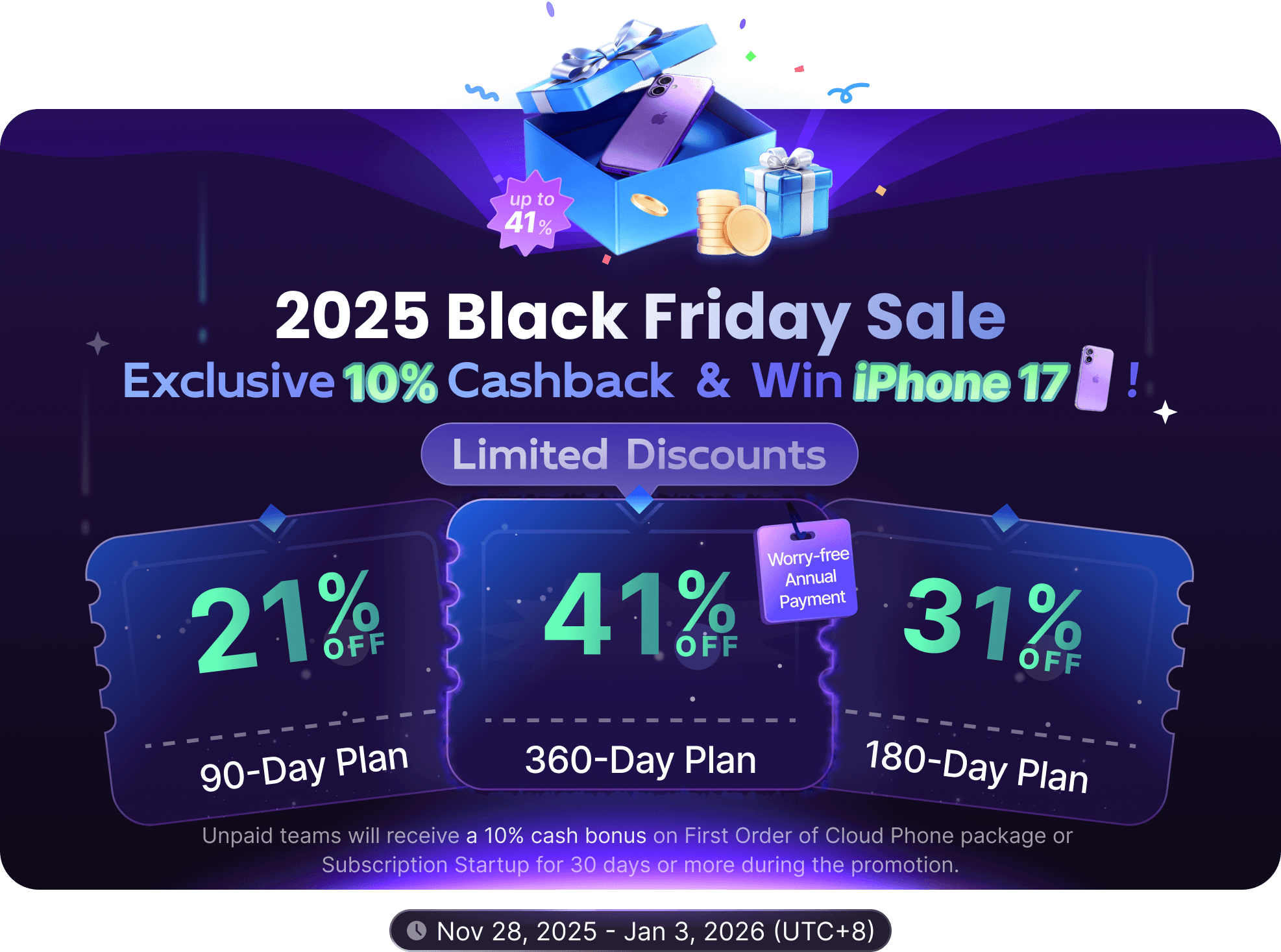Ad Podding
What is Ad Podding?
Ad Podding is a form of displaying multiple ad units consecutively in groups within a digital content stream. This advertising format is widely used in video platforms, social media, mobile applications, and other fields. By inserting multiple ads during content playback or scrolling, advertisers can deliver more information to users in a short period while enhancing the overall display effect of the ads.
In practical applications, Ad Podding can be divided into different types of ad combinations, such as pre-roll, mid-roll, and post-roll ads in video content, or series of promotional ads in social media feeds. This advertising form not only can extend the interaction time between users and ads but also can improve users' acceptance and memory through content relevance.
How Ad Podding Works
The implementation of Ad Podding usually involves the following key steps:
Ad Request: When a user starts watching a video or browsing content, the system triggers an ad request based on the user's behavior and content attributes.
Ad Matching and Optimization: The ad server intelligently matches the most suitable ad combination based on factors such as the user's viewing history, geographic location, and interests, ensuring that the ad content is highly consistent with the target user's interests.
Ad Filling and Playback: The matched ads are loaded into the designated ad slots in the content stream to form a continuous ad series. These ads are usually displayed without interfering with the user's content viewing experience, such as countdown ads before video playback or full-screen ads when paused.
Data Tracking and Feedback: After the ads are displayed, the system tracks data such as ad click-through rates, viewing duration, and user interactions in real-time, and provides advertisers with detailed reports and optimization suggestions.
Typical Application Scenarios of Ad Podding
Video Platforms
On video platforms, Ad Podding usually appears in the form of "pre-roll ads", "mid-roll ads", and "post-roll ads". For example, when users watch videos on YouTube or Douyin, they may see a countdown ad before the video starts, a full-screen ad when the video is paused in the middle, or a promotional video that continues to play after the video ends.
Social Media
Social platforms such as Facebook, Instagram, and WeChat also widely use Ad Podding. For instance, in the user's "news feed", multiple promotional ads related to the user's interests may be displayed consecutively, thereby increasing the overall exposure rate and click-through rate of the ads.
Mobile Applications
Ad Podding in mobile applications comes in various forms, including banner ads, interstitial ads, and rewarded video ads. By inserting ads into the natural flow of application content, advertisers can more effectively attract users' attention while reducing users' resistance to traditional ads.
Advantages of Ad Podding
Ad Podding plays a crucial role in current digital marketing. Its core advantages not only lie in improving advertising efficiency, optimizing user experience, and data-driven optimization capabilities but also in being an important tool to promote brand growth and market competitiveness.
Firstly, Ad Podding significantly improves advertising efficiency. By displaying multiple ads at one time, advertisers can reach a wider user group in a shorter time, greatly increasing ad exposure and thereby promoting a significant growth in conversion rates. In an ad pod, you can push different products or services at the same time to attract different target audiences, making full use of each placement opportunity.
Secondly, Ad Podding can effectively optimize user experience. When ad content is highly relevant to user needs, users will naturally have a higher interest and participation in such information. For example, recommending products or services that users may be interested in based on their browsing history or purchasing habits not only increases the click-through rate of ads but also enhances users' favorability and loyalty to the brand.
Finally, Ad Podding has strong data-driven optimization capabilities with the help of advanced data analysis technologies. Advertisers can track ad effects in real-time, adjust ad content and placement strategies by analyzing user feedback. The flexibility and adaptability of Ad Podding enable it to continuously improve in a highly competitive market and maximize return on investment (ROI). Advertisers can also identify which strategies are effective and which need improvement, ensuring the efficient use of advertising funds.
The application of Ad Podding in video content has become diversified and interactive. By incorporating interactive elements (such as likes, comments, shares, etc.), Ad Podding will be able to further enhance user participation and create a richer ad interaction experience. With the continuous development of artificial intelligence and big data technologies, the form and function of Ad Podding are also evolving. It may be possible to dynamically adjust ad content and display methods according to users' real-time behaviors in the future, thereby achieving higher conversion rates and user satisfaction.


